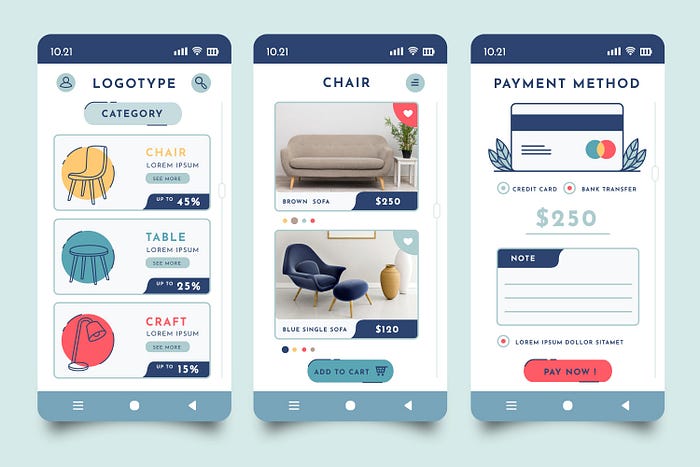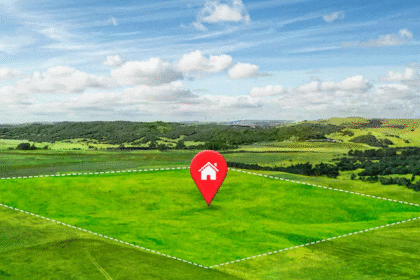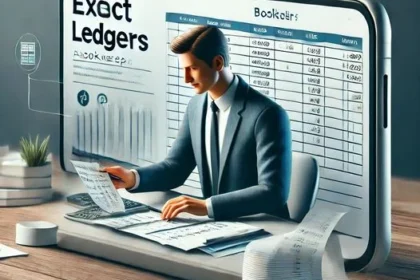
The demand for product designers is at an all-time high. In 2025, companies aren’t just looking for creative designers—they want problem-solvers who understand users, technology, and business goals.
Whether you’re starting your career or leveling up your design skills, this complete product designer roadmap for 2025 will guide you step by step.
From mastering design principles to understanding product strategy, this guide covers everything you need to become a world-class product designer.
1. Understand What a Product Designer Does
A product designer is more than a visual designer. They play a key role in creating products that are useful, usable, and delightful.
Unlike UI designers who focus mainly on visuals, or UX designers who focus on experience, a product designer combines strategy, creativity, and functionality to shape the entire product journey—from idea to launch.
Their responsibilities often include:
- Conducting user research
- Creating wireframes and prototypes
- Collaborating with developers and stakeholders
- Testing designs and iterating based on feedback
- Aligning design goals with business objectives
In short, they’re the bridge between users, technology, and business.
2. Master the Fundamentals of Design
Before diving into advanced tools, every designer needs a strong foundation in design principles.
Here’s what to focus on:
- Color Theory: Learn how colors influence mood and usability.
- Typography: Choose fonts that improve readability and visual hierarchy.
- Layout & Composition: Use balance, contrast, and alignment effectively.
- Visual Hierarchy: Guide users’ attention using spacing and structure.
Pro Tip: Practice redesigning existing apps or websites to strengthen your design instincts.
3. Learn UI/UX Design Basics
A successful product designer understands both UI (User Interface) and UX (User Experience) design.
- UI Design: Focuses on how a product looks—buttons, colors, icons, and typography.
- UX Design: Focuses on how a product feels—user flow, navigation, and satisfaction.
Start by learning to:
- Conduct user research and interviews
- Create personas and journey maps
- Build wireframes and low-fidelity prototypes
- Perform usability testing
Tools to Learn: Figma, Adobe XD, Sketch, and Balsamiq.
4. Develop Prototyping and Interaction Skills
In 2025, static screens aren’t enough—interactive prototypes are the norm.
Prototyping allows you to simulate real user interactions before development begins. Learn to:
- Create click-through prototypes in Figma or Framer
- Use micro-interactions to make the experience engaging
- Test designs with users and gather feedback
Pro Tip: Present your prototypes in user testing sessions to improve usability and flow.
5. Understand Product Thinking
Great product designers think beyond visuals—they think strategically.
Product thinking means designing with the end goal in mind. Ask yourself:
- What problem am I solving?
- How does this design help users achieve their goals?
- How does this feature align with business objectives?
Learn to balance user needs with business impact. This mindset sets great product designers apart from good ones.
6. Collaborate with Cross-Functional Teams
Product design is a team effort. As a designer, you’ll work closely with:
- Developers – to ensure technical feasibility
- Product Managers – to align design with goals
- Marketers – to maintain brand voice
- Users – to collect feedback and iterate
Pro Tip: Use tools like Slack, Notion, Jira, and FigJam to streamline communication.
Collaboration builds empathy—and empathy drives better design decisions.
7. Build a Strong Design System Knowledge
Modern product design relies on design systems for scalability and consistency.
Learn how to create and manage reusable components like buttons, icons, and typography styles.
Figma’s Design System Libraries are perfect for organizing assets and maintaining brand consistency across projects.
Pro Tip: Study popular systems like Material Design and Apple Human Interface Guidelines.
8. Learn Basic Coding Concepts
You don’t have to be a developer—but understanding front-end basics (HTML, CSS, JavaScript) helps you collaborate better with engineers.
It allows you to design more realistic prototypes and understand technical constraints early in the process.
Pro Tip: Learn how to inspect elements in browsers to understand how designs come to life in code.
9. Focus on User Research and Testing
A true product designer never assumes—they test and validate.
Learn to conduct:
- User Interviews – to understand pain points
- A/B Testing – to compare design versions
- Analytics Review – to measure performance
These insights help refine your design to match real user behavior and business needs.
Pro Tip: Tools like Maze, Hotjar, and UsabilityHub make remote testing easier than ever.
10. Build Your Portfolio and Personal Brand
Your portfolio is your ticket to landing design roles or freelance clients.
Showcase your best projects as case studies—include your thought process, research insights, and measurable outcomes.
Employers want to see how you think, not just what you’ve designed.
Pro Tip: Add personal branding—logo, color palette, and a short story about your design philosophy.
Platforms like Behance, Dribbble, and your own website are great for showcasing your work.
11. Stay Updated with Design Trends
The design industry evolves fast. In 2025, trends like AI-driven design, motion interfaces, and inclusive UX are shaping the future.
Follow top designers on LinkedIn, X (Twitter), and YouTube. Join design communities on Figma, Discord, and Slack to stay connected.
Pro Tip: Never stop learning. Take courses on platforms like Coursera, DesignLab, or Interaction Design Foundation.
Conclusion
The journey to becoming a successful product designer in 2025 is exciting—and full of opportunities.
By combining creativity, strategy, and collaboration, you can build products that truly make a difference.
From learning UI/UX principles to understanding product strategy, every step you take brings you closer to mastering the craft.
At Devoq Design, a leading UI/UX Design Agency, we help aspiring designers and businesses create products users love. Whether you’re starting your design journey or scaling your team, our expert designers can guide you through every step of the process.



